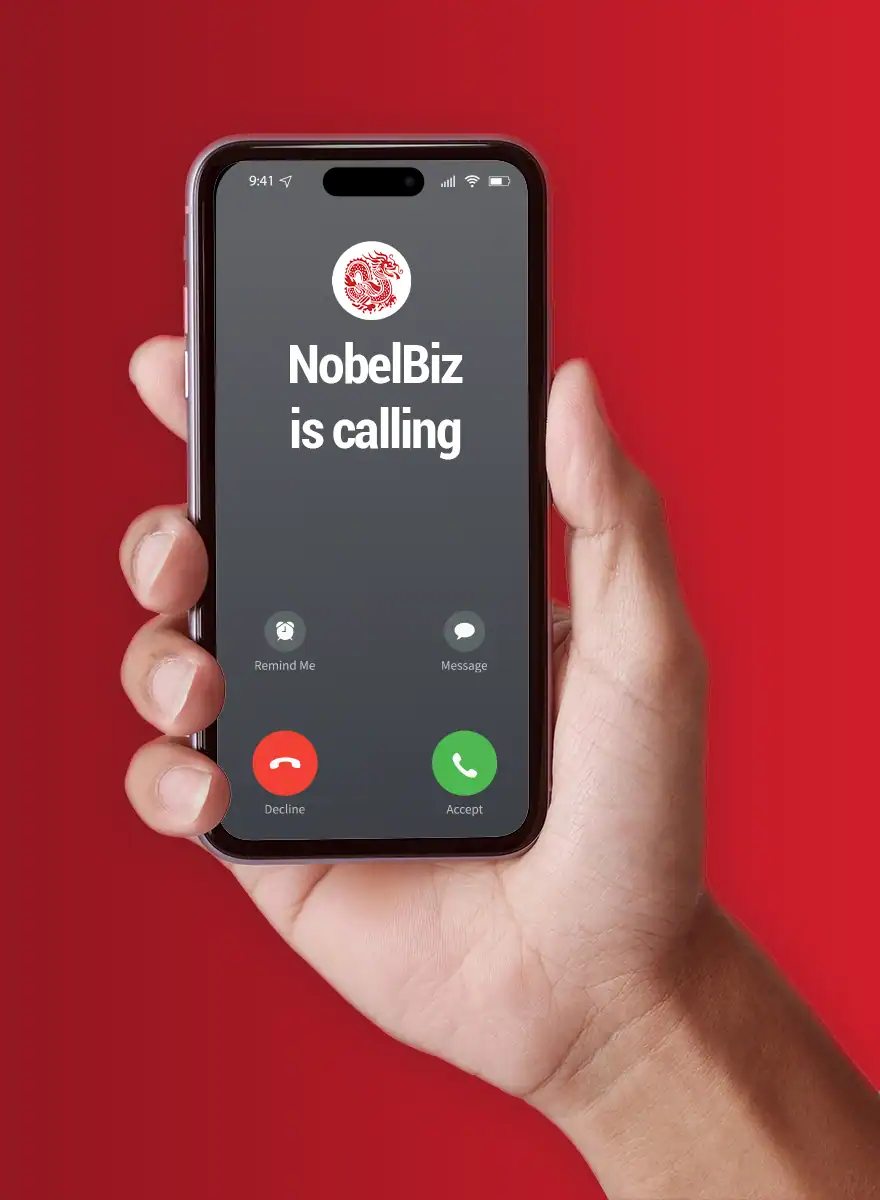Finding customers on their preferred method of communication
Juanita: What’s the difference between call center and contact center? And usually I’m explaining just the simplest terms, when we think about call centers, we just have that single channel of voice right phone. Whereas with contact centers, we have those multiple interactions, multiple interaction types, right where it can be phone, it can be email, it could be chat, it could be social media, it can be facts, it can be the way that the customer wants to interact with the business. And not all channels make sense for every, for every business type, right? But I think what really sets a business apart and sets the customer experience apart is being able to listen to the customer. And then making sure that the technology layers on top of what what that customer experience needs to be to be able to bring about that customer experience.Steve Bederman on the Call Center Chronicles Podcast.
Steve is joining the Call Center Chronicles Podcast to talk about technology as a byproduct, women and technology in leadership roles and tech for the people.
Steve: It’s almost a key piece, I would say is how do you find that customer? How do you find that prospect? Like, you know, where are they, depending on their generation and their own habits? The real key is, do they reside on Facebook? Do they prefer WhatsApp? Do they prefer voice? And when that happens, it’s really a matter of finding them through their channel?
Juanita: It’s all the different demographics that make up where that customer is going to reside. Depending on your particular customer, they may not be on Facebook, they may not be on social media at all right. And so I think when I say tech for the people, like I think it’s so namely for the show, when we talk about tech for the people, we have to think about diversity when even creating the technology.
Steve: Well, think about the the rush for CX experience. And think about the idea that what are people doing, I mean, companies have always been providing a customer experience, nothing new about that.
What makes this different, is the ideal of trying to find an approach that is consistent for the customer, not necessarily for the company, but where the customer is.
First, I’ll tell you a story with NobelBiz, because I think it’s pertinent to this: our customers are not the contact center customers, our customers are the contact center. So for years in our industry, as companies have developed call center technology or contact center technology, what has happened is, is they’ve had software sales, people selling software, to the contact center.
When people were first implementing and they were new adopters, that seemed to work just fine, because contact centers were looking for this technology but now that all contact centers have already adopted this communications approach. And this technology now becomes an evolution for a company.
At NobelBiz we changed our entire sales group, to people that are coming to us without sales experience, but are all ex or retired directors of operations and contact centers. So the entire staff is a staff of people like yourself that have worked in optimize the organization of a contact center have worked up from being agents to being floor supervisors, you know, all the way to the different to the different levels they bought from us.
Technology is the byproduct
Steve: Frankly, it’s a big push internally, it creates some internal pressure in our company, because our support people have been supporting the product for years doing it well. But doing as support people of technology would do it, not necessarily relating, you know, to that customer.
Technology like ours can cause great frustration. We say it’s really simple to use. But remember something. We’re not contact center people, we think we like to pretend that we are but we’re not. We’re technology people. Well, all of a sudden, executive management and we agree what I implement this in your environment, but you have all layers of management and agent x agents working and doing really, how the heck am I? How I’m already hitting my goals? You know, there’s a ton of pressure, why? And how would you even change it? So what we’ve done one more step, we now have her what what the industry called sales engineers, then people so the sales engineers are not software people. Again, these are operators or contact centers.
Women and technology in leadership roles
Steve: Our customer, their staff, the contact center staff, in many ways their work is remote. Okay, so now you have people work from home, you have people that are raising their children and need to be there and need to brush them off to school or to a doctor’s appointment, but they need to work. And they want to maintain their professional approach and they want to learn they want to improve.
This allows a wider range of choice for context and as in who they hire. So of course, they’re gonna hire plenty of women, they’re not going to care what the race is, that what they care about is the ability to communicate in any way they want to using professionals to do it anywhere those professionals are. So the entire industry, if you think about it, is set up to create options or improvement in our social, our examination of the social culture.
I mean, you said yourself that you’re a young mother, and where could you find a job ? In a contact center, and then through that experience, you moved up into management and through that experience, you’re now an indepenedent business person.


